German shepherds are not the direct descendants of wolves, but they are predominantly direct descendants of the original one-quarter (1/4) male wolfdog (Horand von Grafrath), and a female shepherd dog, Mores Plieningen – granddaughter of a wolf cross shepherd dog.
A German cavalry officer and dog breeder, Captain Max von Stephanitz – the person who credited as the Father of German Shepherd Dog, and his colleague Arthur Meyer using selective breeding wanted to create a standard working dog breed that would have strength, stamina, courage, intelligence, agility, obedience, loyalty, and instinctive protective nature.
To achieve this goal, they included some of the finest shepherd dogs from Wurttemberg, Thuringia, and Bavaria(Swabia) in their selective breeding program, and became successful to create dogs that they had idealized.
Following topics will be covered in this post:
- Early German Regional Type Shepherd Dogs
- Founding Dogs of German Shepherd Breed
- What Percentage of Wolf DNA Do Exists in Modern German Shepherds?
RELATED
- In What Ways German Shepherds Are Similar to Wolves?
- How Slant (Sloped) Back German Shepherds Were Created?
- Are White German Shepherds Purebred?
- Are Panda German Shepherds Purebred?
- 5 Different Types Of German Shepherd Breeds & Their Features
- How Does Selective Breeding Affect Dog’s Appearance
- 4 Types of German Shepherd Coats
|| DON’T MISS! Today’s Deals on Chewy – Pet Foods, Products, Supplies, Toys and more…
01. Early German Regional Type Shepherd Dogs
Captain Max von Stephanitz and his colleague Arthur Meyer in their selective breeding program included long-haired, short-haired, and wire-haired shepherd dogs of Wurttemberg, Thuringia, and Bavaria(Swabia). Thuringia is located in the Central Germany whereas Swabia and Wurttemberg are located in the Southwest Germany.
01. Thuringian Regional Type Shepherd Dogs
The early shepherd dogs of the Thuringian region were renowned for their boundless energy, keen senses, and wolf-like appearance, with their distinctive grey coats.

The DNA tests revealed that the Thuringian shepherd dogs were more directly descended from the gray wolf.
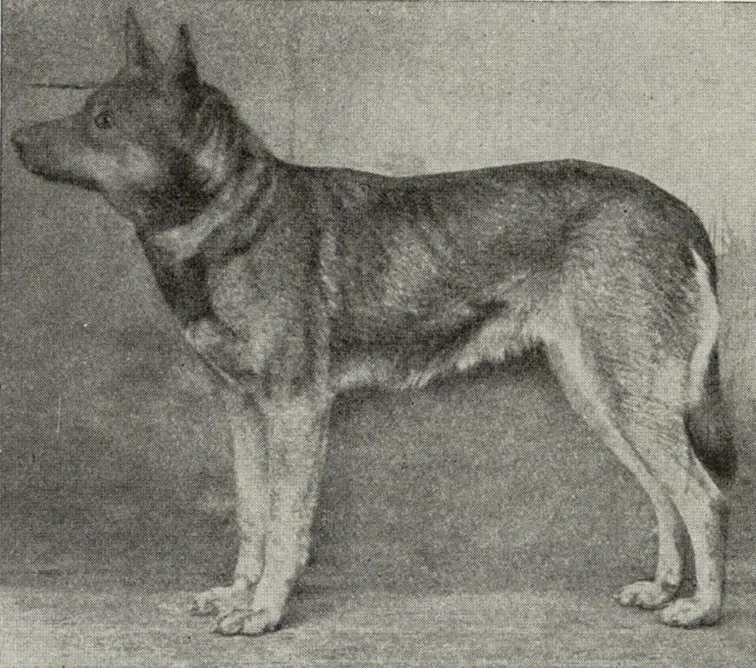
These dogs were also the precursors to the “trophy” or “show” dogs. The Horand von Grafrath – the first German Shepherd, was also a Thuringian Regional Type shepherd dog.

02. Wurttemberg Regional Type Shepherd Dogs
In contrast to Thuringian Regional Type dogs, the shepherd dogs of the Wurttemberg region were larger, more heavily-boned, with a more powerful, majestic bearing.

Their superior movement and tail carriage, combined with their massive, thick-padded paws, made them ideally suited for long days of arduous work on any terrain. These Wurttemberg dogs were also prized for their keen intelligence and unwavering trainability – traits lacking in some of their Thuringian counterparts.

These dogs were careful and thoughtful when protecting their flock, and they were not quick to attack. However, when they did decide to fight, they showed great determination and bravery. Their strong grip and fearless nature made them formidable guardians.
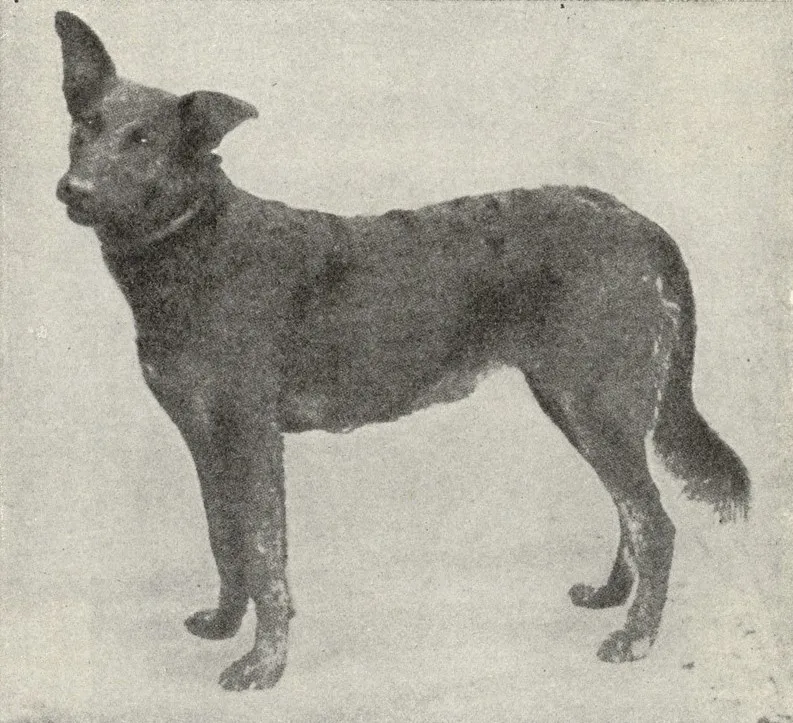
03. Swabian Regional Type Shepherd Dogs
The Swabian regional type, meanwhile, were even larger than the Wurttemberg dogs and were entrusted with the vital task of protecting sheep herds from wolves and other predators. These Swabian shepherds were paragons of calm steadiness and versatility. Their robust courage and unshakable resolve cemented their role in the development of the original police dogs.

It was this Swabian “utilitarian” type that contributed the strong temperament, working ability, and all-around versatility that became hallmarks of the modern German Shepherd.
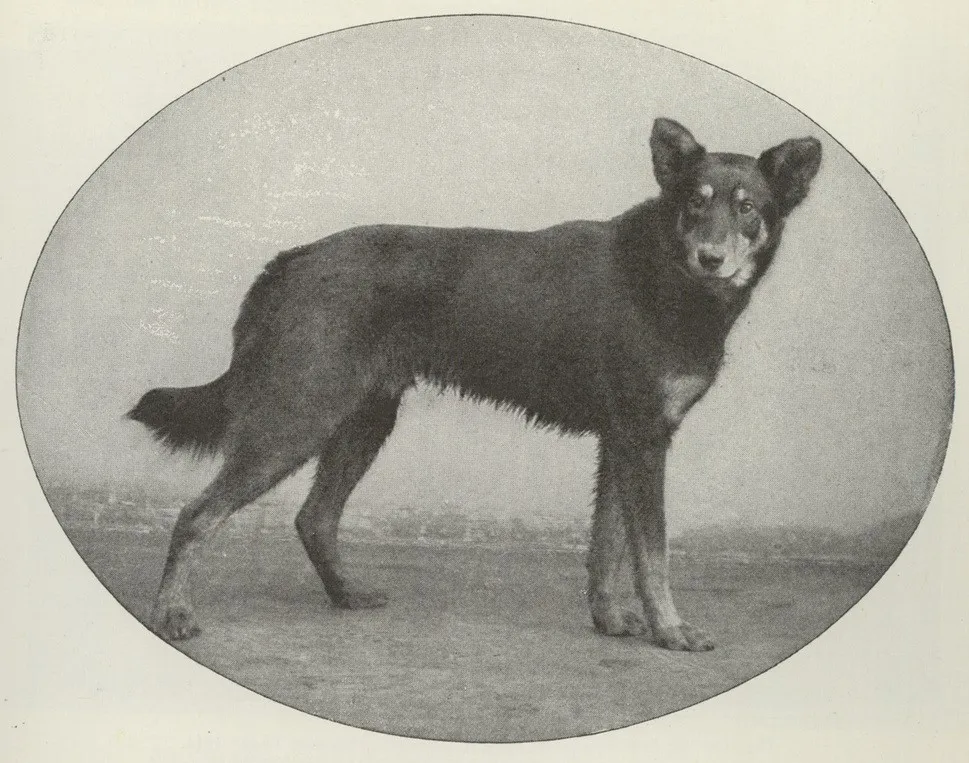
02. Founding Dogs of German Shepherd Breed
Below are the some of the founding dogs of German Shepherd breed that were part of selective breeding program of Verein für Deutsche Schäferhunde (Society for German Shepherd Dogs) formed by Captain Max von Stephanitz and his colleague, Arthur Meyer in 1899.
Horand von Grafrath (formerly Hektor Linksrhein) was born on January 1, 1895, in Frankfurt Germany. He was a Thuringian regional type grey-yellow sable coat shepherd dog, and also the first dog who was officially registered as German Shepherd breed. Nearly all modern German Shepherds can either directly or indirectly trace their lineage back to him.

Mores Plieningen was born on April, 20 1894. She was a Wurttemberg regional type shepherd dog and granddaughter of a wolf cross dog. Horand von Grafrath mated with different female shepherd dogs, but the one that gave birth to Hektor von Schwaben – the most celebrated offspring of Horand von Grafrath, was Mores Plieningen.
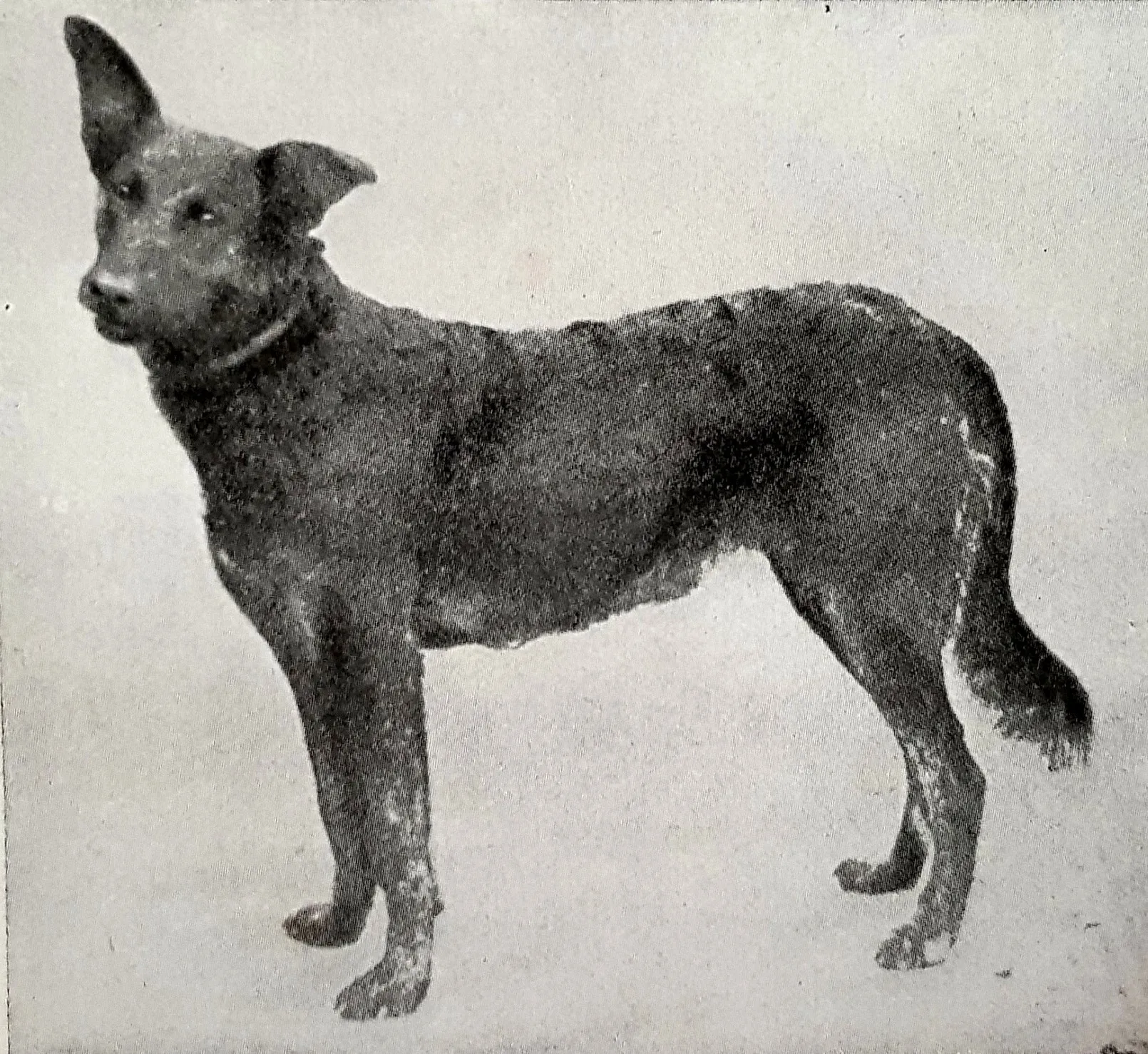
Hektor von Schwaben was born on January, 05 1898 to Horand von Grafrath (father) and Mores Plieningen (mother). He is the most celebrated offspring of Hektor von Schwaben.
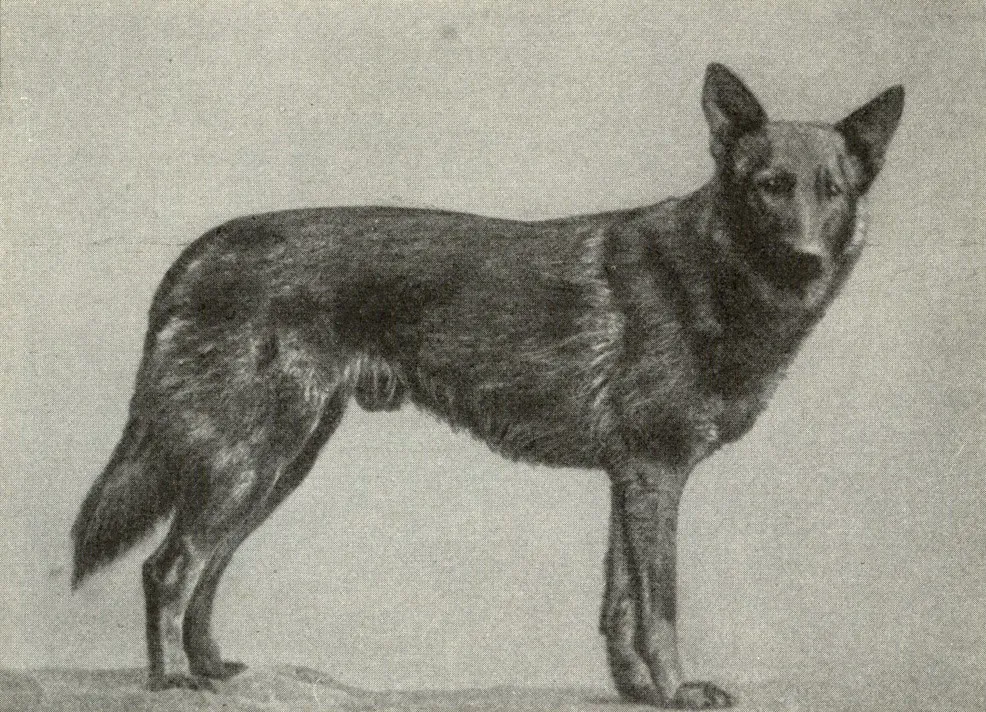
Beowulf SZ10 (Beowulf Sonnenberg) was born on 22 March 1899 to Hektor von Schwaben and Thekla I von der Krone (daughter of Horand von Grafrath). Alongside Beowulf other notable offspring of Hektor von Schwaben were Heinz von Starkenburg, and Pilot. These three exceptional dogs were used in later breeding programs. Their offspring continue to influence the characteristics and traits you see in modern German Shepherds today.

03. What Percentage of Wolf DNA Do Exists in Modern German Shepherds?
While German Shepherds may share some ancestral ties with wolves, but the modern German Shepherd breed is different from its wild counterparts. Through selective breeding over the past century, German shepherds have been meticulously bred to possess certain desirable traits, effectively distancing them from wolves.
Related: German Shepherd Coat Color Patterns and Variations
In the 1800s, when the breed was first taking shape, breeders relied heavily on inbreeding to solidify the German shepherd’s distinct physical and temperamental characteristics. This intensive, close breeding (inbreeding) process has resulted in a dog that is, at most, a mere 10% “wolfish” in its genetic makeup. Today, the average German Shepherd carries an even smaller percentage of wolf DNA, typically ranging from 2% down to a negligible 0.3%.
This dramatic reduction in wolf ancestry is a testament to the breed’s evolution over the past 120 years, during which it has been deliberately developed to serve as a loyal, obedient, companion, and working rather than a fierce, feral predator.
If you like this post then don’t forget to share with other people. Share your feedback in the comments section below.
Also Read
- A Guide for Raising German Shepherd Puppy at Home
- Is There a Mini German Shepherd Breed Exist?
- How to Determine the Age of German Shepherd Puppy or Dog
- How to Identify the Purity of German Shepherd Puppy | 5 Ways
- How to Know German Shepherd Puppy is Male or Female | Gender




Leave a Reply